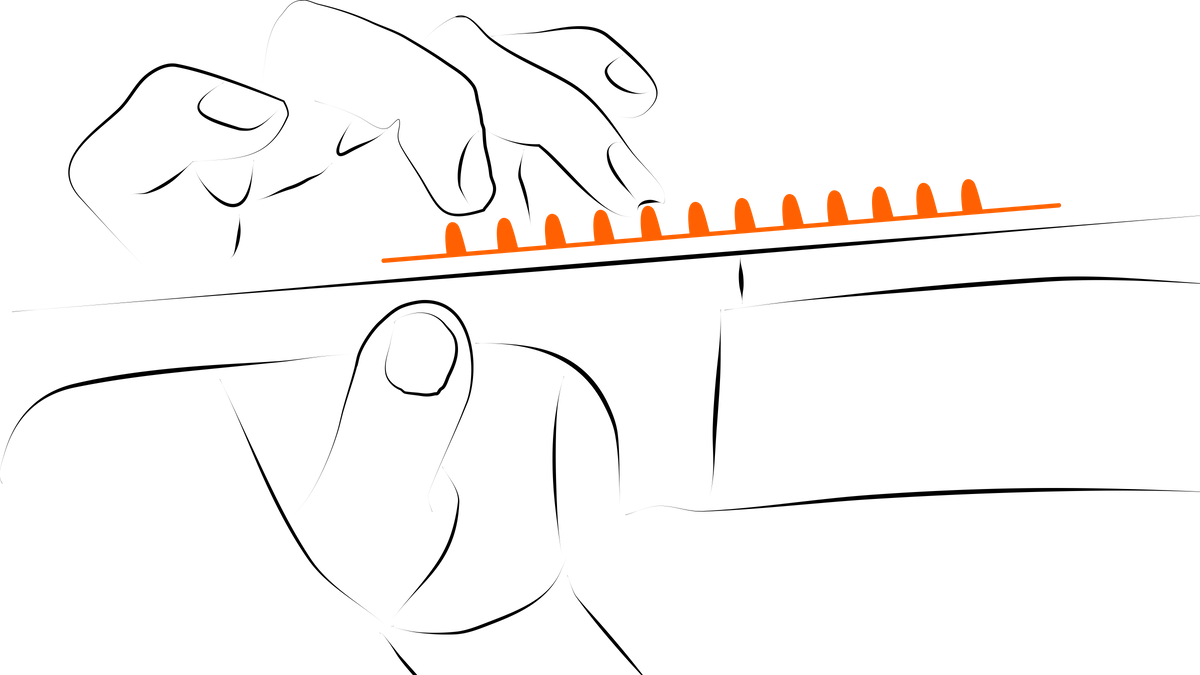Using the fingerboard attachment in class
Feedback on the use of the fingerboard attachment in teaching situations has prompted us to set up a page for teachers. We summarise the topics, questions and experiences, comment on them and try to put everything in a useful order. This page will be updated and supplemented as the occasion arises. If you want to be informed: We are happy to do so with the ema-News.
Preface
Most of the feedback so far have in common that the fingerboard attachment looks "simple" in principle, but it is not a solution that can be quickly applied. It can be summarised that it offers a great added value if you, as a teacher and as a pupil, get involved in doing things differently than before.
Positive side effects
Besides making it easier to develop the vibrato, build up left hand technique, trills, increase fluency, etc., there are a number of "side effects" that come from using it. In our experience, these are related to the fact that it becomes easier "to let go" or relax. There are also observations on this.
Vibrato
We originally noticed that the fingerboard attachment has an effect when vibrating. That is why the attachment is also known as the "vibrato helper".
Finger fall | Finger pressure
If you practise with the fingerboard attachment, the finger pressure regulates itself and finds an ideal balance between stability and flexibility. As a rule, this manifests itself in a lower finger pressure than before.
Mobility
Mobility basically plays a big role. But also the feeling of being mobile and being able to move your fingers as you would like.
General teaching topics
In addition to instrument-specific questions, there are a number of feedback and questions on general topics concerning the ResoundingFingerboard.

